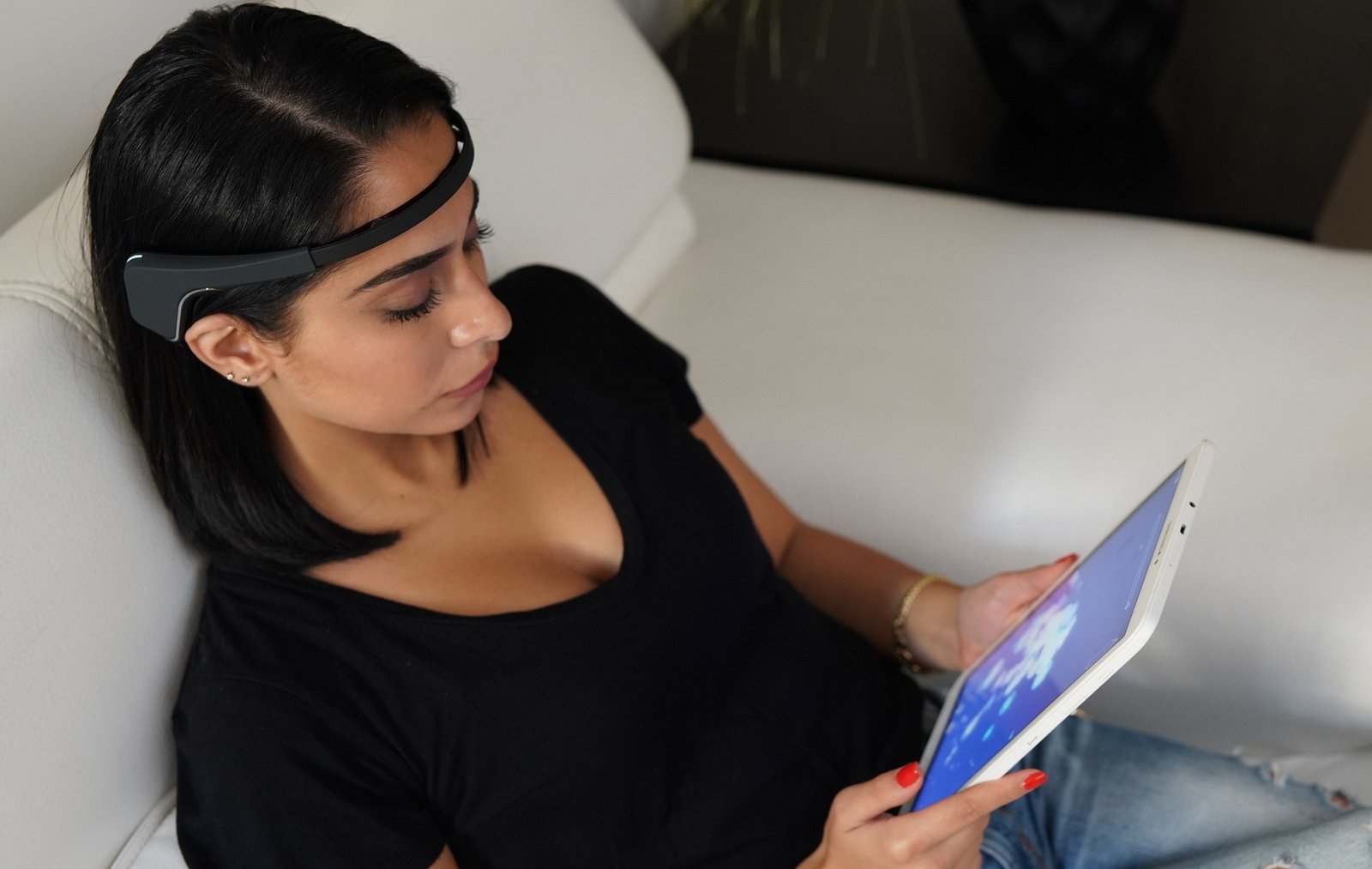Real stories by real people

"Sarah discovered that her lifelong arachnophobia had substantially improved."
Sarah
This case study explores the transformative journey of Sarah, a 44-year-old woman with a history of ADHD and anxiety. Frustrated by the side effects of her medication, Sarah sought a more natural solution and decided to undergo neurofeedback therapy. The study highlights the positive impact of neurofeedback on Sarah's anxiety, migraines, focus, and overall well-being.
Sarah had been on ADHD medications for several years, which improved her focus but caused an increase in anxiety and tics. She also experienced an escalation in migraine frequency while taking the medication. Additionally, she faced panic attacks while driving, which seemed to intensify after starting ADHD medication.
Neurofeedback Assessment
Sarah underwent an initial brain map that revealed a fast peak alpha associated with distractibility and racing thoughts. Excess frontal fast waves were also observed, correlating with her history of anxiety.
Neurofeedback Sessions
After just two sessions of neurofeedback therapy, Sarah noticed a reduction in panic attacks. By the sixth session, the frequency and duration of her migraines had significantly decreased. This improvement was particularly significant as it prevented Sarah from needing botox treatment for migraines.
Progress and Benefits
By the tenth session, Sarah reported a remarkable reduction in anxiety levels and improved sleep quality. Feeling overmedicated, she consulted with her psychiatrist and gradually reduced her medication dosage. Over subsequent sessions, Sarah experienced enhanced focus, increased control over her daily routine, reduced procrastination tendencies, and improved performance in mundane tasks she previously avoided.
Unexpected Benefits
Surprisingly, during the course of therapy, Sarah discovered that her lifelong arachnophobia had substantially improved. She could now tolerate situations involving spiders that she would have avoided in the past. This unexpected benefit further enhanced her overall well-being.
Final Outcome
By the 30th session, Sarah expressed her satisfaction with the comprehensive results achieved through neurofeedback therapy. While her primary goals were to reduce anxiety and improve focus, she experienced numerous additional benefits. These included enhanced motivation, mood stability, reduced migraines, and increased ability to multitask effectively.
Conclusion
Sarah's case demonstrates the remarkable potential of neurofeedback therapy as a natural solution for individuals with ADHD, anxiety, and migraines. Through a series of sessions, Sarah experienced a significant reduction in anxiety, improved sleep quality, enhanced focus, and better control over her daily routine. Moreover, unexpected improvements in her arachnophobia highlighted the wide-ranging positive effects of neurofeedback on overall well-being. This case study underscores the efficacy and potential of neurofeedback as an alternative treatment option for individuals seeking a side-effect-free solution to their mental health challenges.